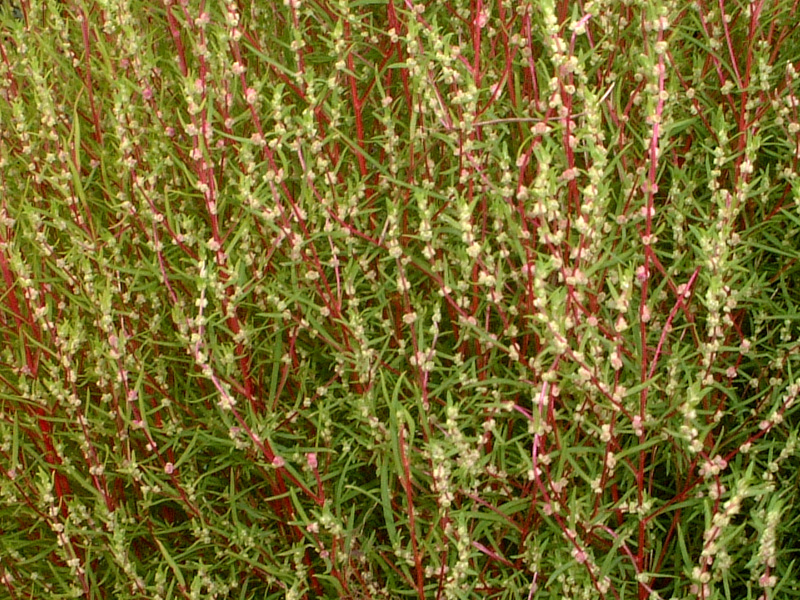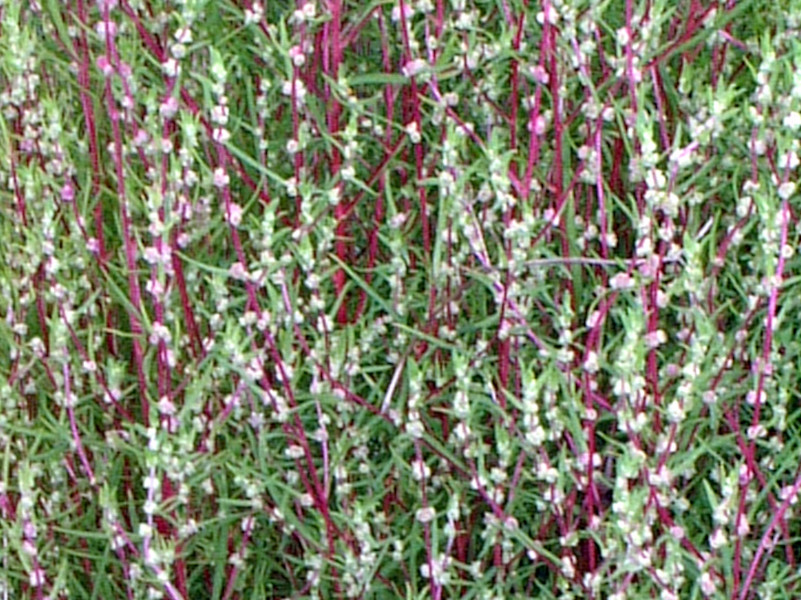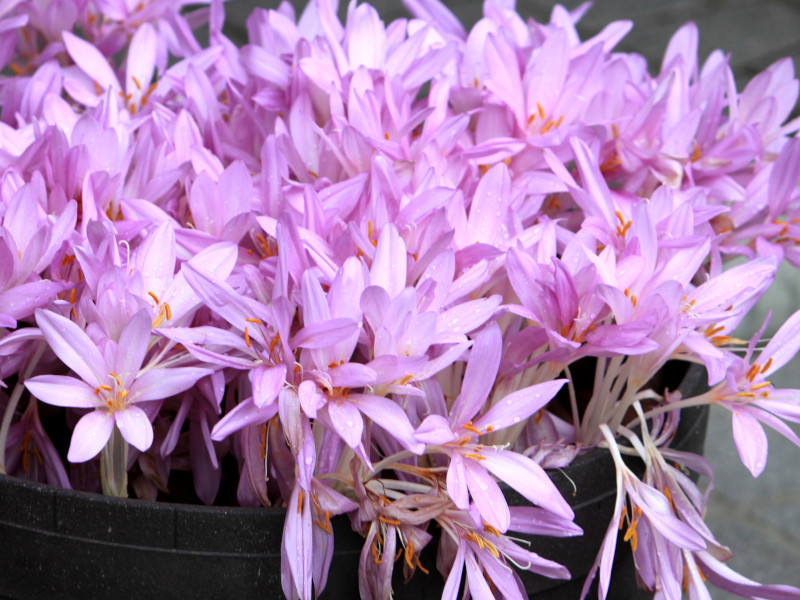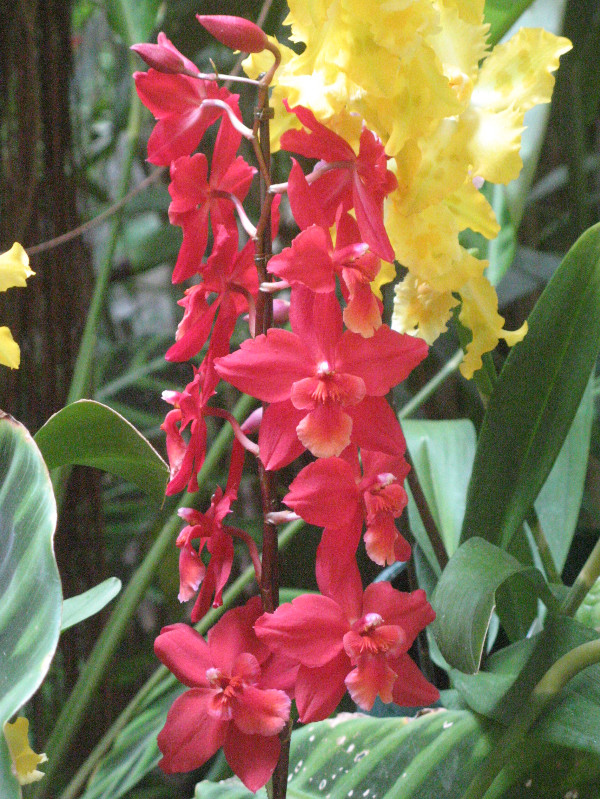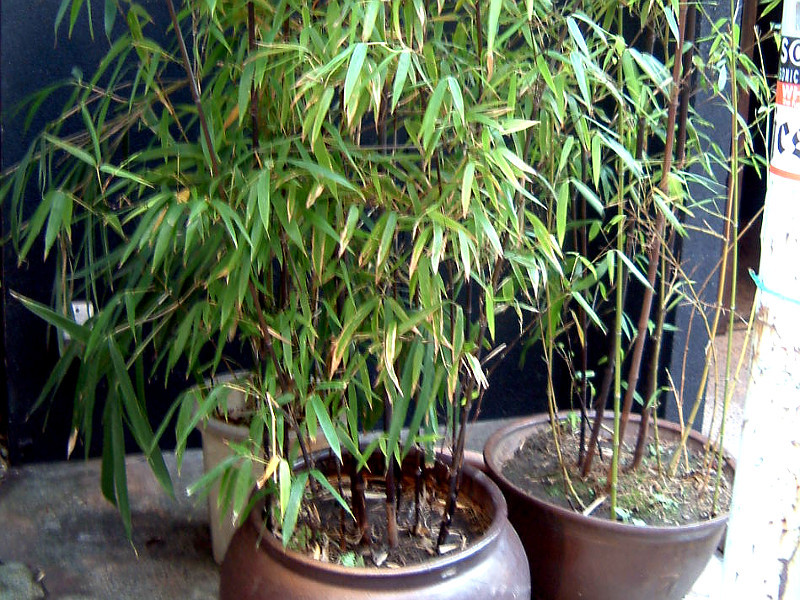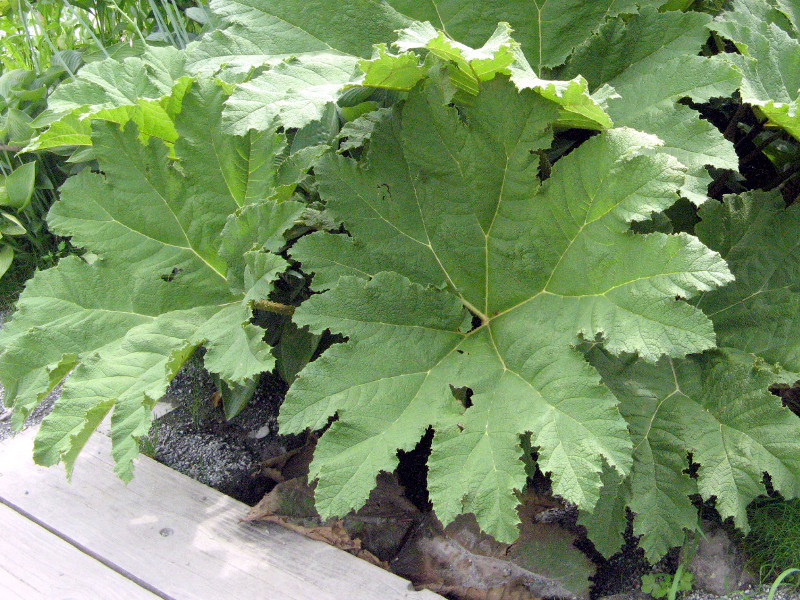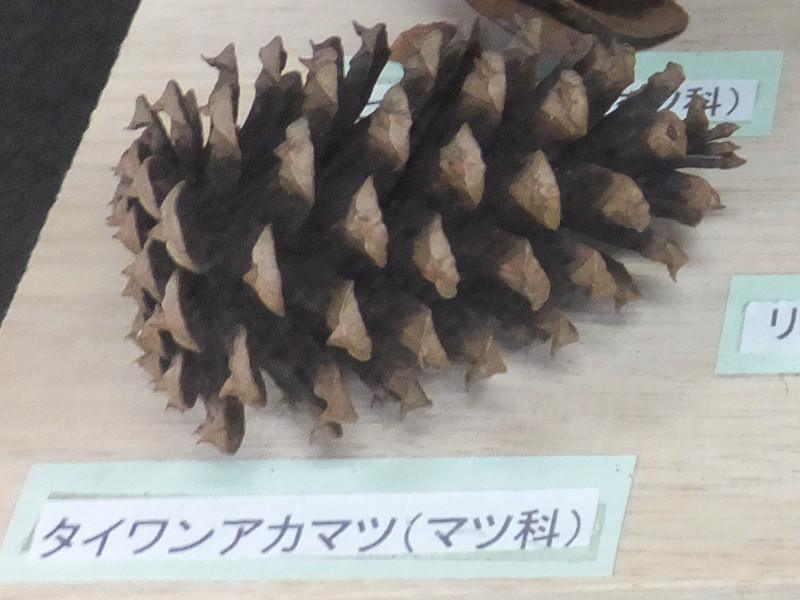eyebane
- Flower nameeyebane
- Scientific nameEuphorbia nutans
- Aliaseyebane, Euphorbia nutans
- Place of origin North and South America
- Place of floweringFields and footpaths
- Flowering seasonJune, September, October
What is eyebane
Eyebane, or Euphorbia nutans (Scientific name: Euphorbia nutans) is an annual plant of the family Euphorbiaceae, native to North and South America. It was naturalized in Japan during the Meiji era (1868-1912). It grows wild in fields, wastelands, fields, and roadsides. The grass is 20 to 40 cm tall. The stems have a reddish tinge and are oblique. The leaves are oblong-ovate, 1.5 to 3.5 cm long and 0.5 to 1.2 cm wide, with shallow serrations on the leaf margins, and are borne in pairs. The petals are degenerate and absent. Circular glandular bodies form in summer and autumn, and the appendages look like white to light red four-petaled flowers.
Common name: Euphorbia, Scientific name: Euphorbia nutans, aka: Euphorbia nutans , Place of origin: North America, South America, Type of life: annual herb, Distribution: fields, wastelands, fields, roadsides, Grass height: 20-40 cm, Stem color: red, Leaf blade length: 1.5-3.5 cm, Leaf width: 0.5-1.2 cm, Leaf shape: oblong-ovate, Leaf margin: shallowly elliptic. Leaf blade length: 1.5 to 3.5 cm, leaf width: 0.5 to 1.2 cm, leaf shape: oblong-ovate, leaf margin: shallowly serrate, inflorescence: opposite, inflorescence shape: goblet-shaped, petals: decumbent, flower-like appearance: four appendages, white to light red, Flowering season: June-October; fruit type: capsule (cyathium); fruit shape: ovoid; fruit diameter: 0.17 cm.
